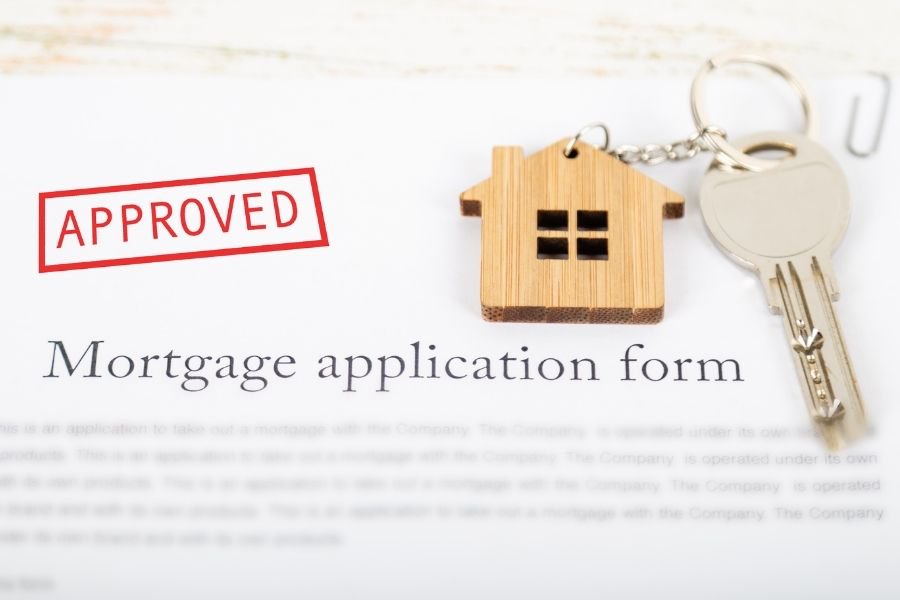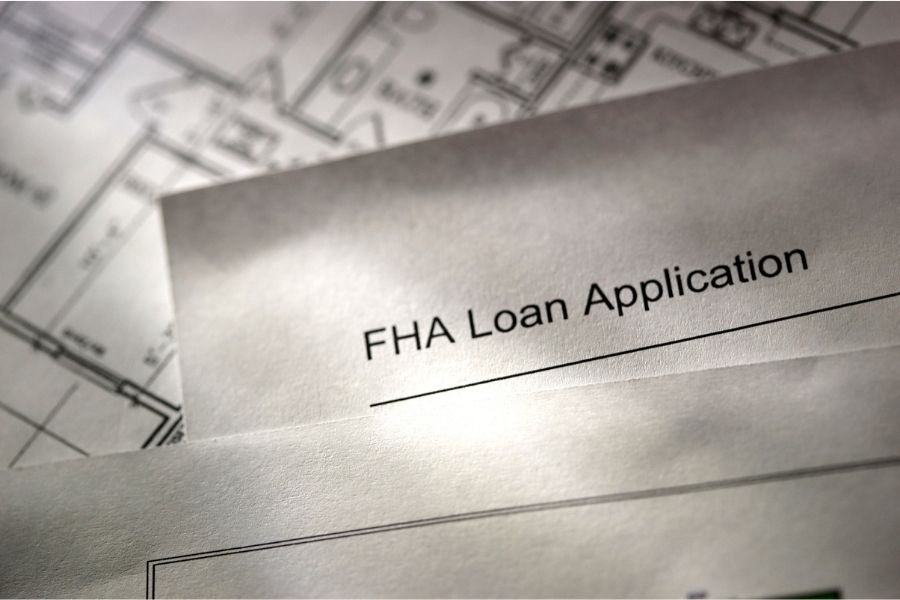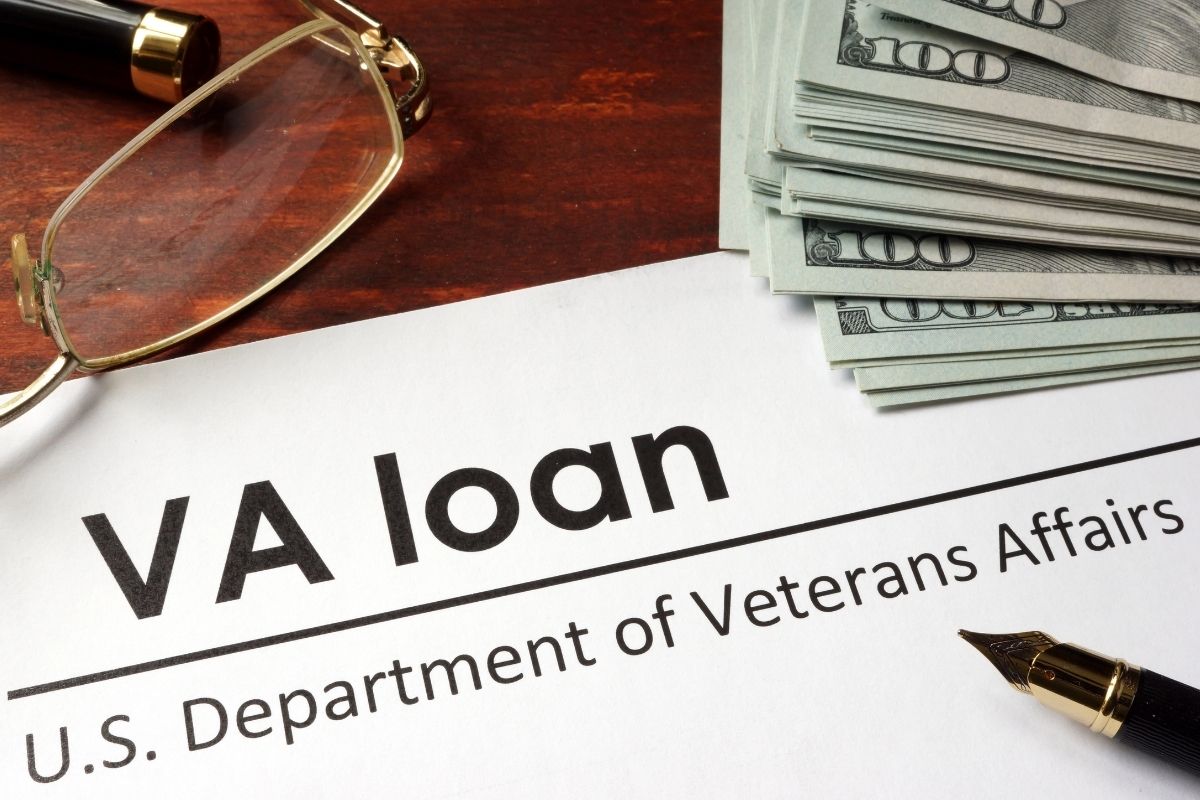
Photo from Canva
In this article:
Browsing photos online and visiting open houses are probably the most exciting and easiest parts of searching for a new home. However, it’s the hard work of finding the mortgage that fits your financial needs that ultimately sets you up for homeownership.
Lifestyle choices, such as how long you’ll live in the house, if the property is a fixer-upper, or if it has the potential to be rental income, are just a few of the factors that will make up the mortgage equation.
Understanding the types of home loans available takes some time and likely some Q&A time with a real estate pro. So, for now, here's a quick breakdown of the most common loan choices available.
Learn more: Mortgage 101: Your Basic Questions Answered.
To begin, you should know:
- Loans are either conventional (privately issued) or government-backed loans.
- With conventional loans, you have two choices: conforming or non-conforming.
- Most government and conventional loans offer two rate structures: fixed-rate or adjustable-rate mortgages.

Photo from Canva
Conventional Loans
Conventional loans come in two packages: conforming and non-conforming. The U.S. government does not insure conventional loans.
Conforming Loans
Conforming loans follow the Federal Housing Finance Agency’s (FHFA) Fannie Mae and Freddie Mac’s guidelines. The guidelines consider your credit score, income, asset requirements, debt, and loan amount. In 2022, the conforming loan maximum was $726,200, with exceptions made for the higher cost of living areas. In these cities, $1,089,300 is the maximum.
Non-Conforming Loans
If you’ve experienced a financial setback, like bankruptcy, you could benefit from a non-conformimg loan. This type of loan does not meet FHFA standards and doesn’t require a perfect credit score.
Speaking of Fannie Mae and Freddie Mac—Who Are They?
Congress established both corporations to provide lending institutions the ability to secure the housing finance system by ensuring banks and mortgage companies have money to lend to home buyers. Both Fannie and Freddie buy and sell mortgage-backed securities (MBS). In other words, they buy loans from lenders and later sell them to Wall Street investors.
Every loan requires paperwork. Learn about the Most Common Documents Needed for Home Financing.

Photo from Canva
Jumbo Loans
Jumbo loans give borrowers the chance to afford a high-priced home if their current finances are sound. Interest rates are typically higher than a conventional loan and often need a sizable down payment and near-perfect credit, making qualification difficult. But if you want to finance a home with a price higher than conventional loan standards, a jumbo loan might work for you.
Fixed-Rate Loans
The fixed-rate loan is one of the most popular lending options. The interest rate doesn’t change over the typical 15- or 30-year loan time (the interest rate on a 15-year fixed loan is lower than a 30-year loan), so homeowners who prefer predictability choose this option because varying interest rates never affect their payments. Borrowers have the opportunity to refinance if the interest rate drops significantly and often choose a fixed rate if they believe they’ll remain in the home for the majority of the loan’s term.
Adjustable-Rate Mortgages
Adjustable-rate mortgages, or ARMs, are also referred to as hybrid loans because they contain a mix of fixed and adjustable rates. Although an ARM’s interest rate may initially be lower than a fixed-rate loan, after a set amount of time, such as five or seven years, the interest will move to reflect the national interest rate at that time.
If the current interest rate is more than the initial rate, the payments are higher. If it’s lower, the payments decrease. The adjustment periods are predetermined and have minimum and maximum rate restrictions to control the adjustment size.
Applicants can potentially qualify for a larger loan amount because of the lower interest rates an ARM offers. Military members are sometimes drawn to these types of loans if they are confident they’ll move and sell the home before the fixed interest rate schedule adjusts.
It’s common to see ARMs described in this way:
- 7/1 ARM: loan has a fixed interest rate for the first 7 years, then adjusts annually.
- 5/1 ARM: loan has a fixed interest rate for the first 5 years, then adjusts annually.
- 1-year ARM: loan has a fixed interest rate for the first year, then adjusts annually.
Which One Is Right for You? Comparing Conventional and VA Home Loans for Military Homebuyers.
back to top

Photo from Canva
Government Backed Loans
If you apply for a loan through the Federal Housing Administration (FHA), the U.S. Department of Agriculture (USDA), and the U.S. Department of Veterans Affairs (VA), you won’t actually receive the funding from the government (you’ll need an experienced lender). The government does guarantee a portion of the loan amount, making you less of a risk in your lender’s eyes.
Federal Housing Administration Loans
A favorable feature of the FHA loan is that you can offer less than 20% for a down payment, even as low as 3.5%. However, the loan does come with some restrictions. Interest rates are generally static with 15- or 30-year terms, and borrowers must have mortgage insurance either at the beginning of or throughout the loan term. These fees might make a conventional loan more affordable. First-time homebuyers and those with less than ideal credit scores often qualify for an FHA loan.
203k FHA Loan
This loan is designed to help borrowers who want to refurbish a damaged or older home. Keep in mind that the property must meet FHA requirements. The money borrowed equals the property’s cost plus the repair costs. A 20% contingency reserve is often included to ensure enough money is available if prices go beyond estimates.
This loan is further broken down into two types: standard and limited. The standard 203k allows for options like structural repairs and landscaping. The limited loan is geared toward upgrades that are not structural and conserve energy such as roofing and updated appliances. These loans will not cover any improvement that isn’t permanently part of the home.
In addition, hobby or luxury upgrades such as a pool or a basketball court aren’t included. Applying for the 203k loan is time-consuming because professional proposals and cost estimates must be part of the application process.
Here’s A Cheat Sheet for Understanding Home Loan Lingo.

Photo from Canva
United States Department of Agriculture and Rural Development Loans
Created to help low to moderate-income families in rural areas, a USDA loan helps borrowers afford a home purchase or repairs and renovations. Borrowers can apply for a USDA loan without a down payment and reduced interest rates. They’re required to supply mortgage insurance, and their debt-to-income ratio is scrutinized.
Veterans Affairs Home Loans
The VA loan requires military service of 90 consecutive days in wartime service or 180 days during peacetime (Reservists need six years) for eligibility for a VA loan, but the benefits, like low-interest rates and potentially capped closing costs, are tremendous.

Photo from Canva
Borrowers with subpar credit are eligible with verified service obligations and aren’t required to provide a down payment or mortgage insurance. Borrowers do have to pay a funding fee. However, it’s waived if the servicemember has a qualifying disability.
The VA limits the type of property it will back, meaning the house has to be the primary residence. It cannot be in a condition less than their established minimum requirements, so the VA exempts vacation property and homes that need extensive renovations.
Learn more about your VA Home Loan Benefit: What Is a VA Loan?
There’s certainly much to consider before applying for a home loan. It’s often best to research which loan types fit your family’s financial and geographical circumstances before actually setting out and reviewing properties online or shopping Sunday afternoon showings. Knowing your parameters will restrict unattainable house options and lessen disappointment later.
By Dawn M. Smith

.jpg)
back to top